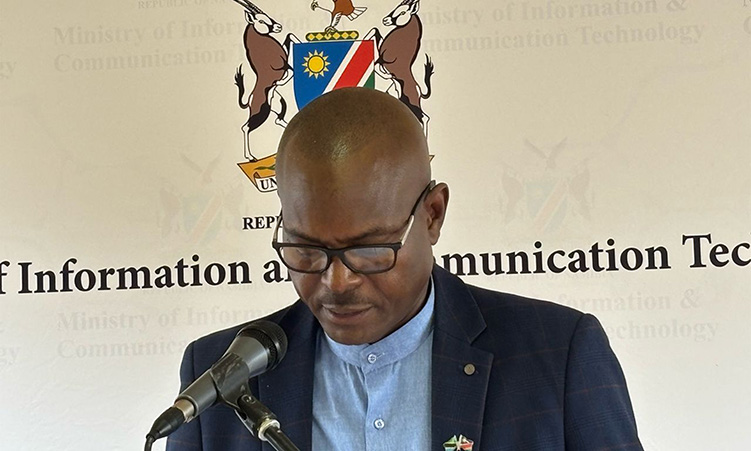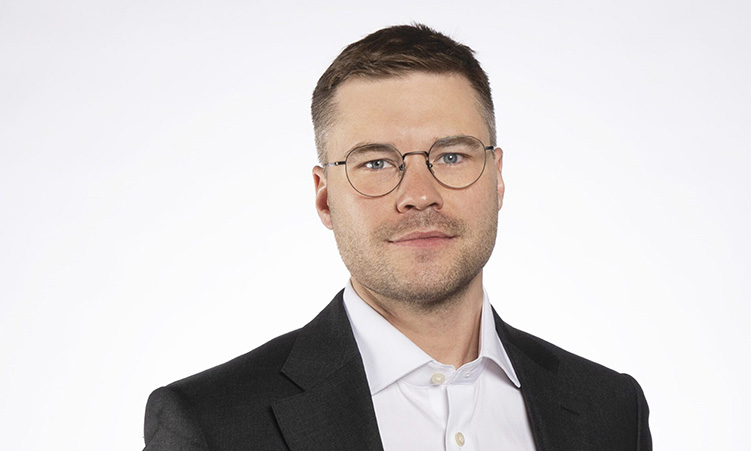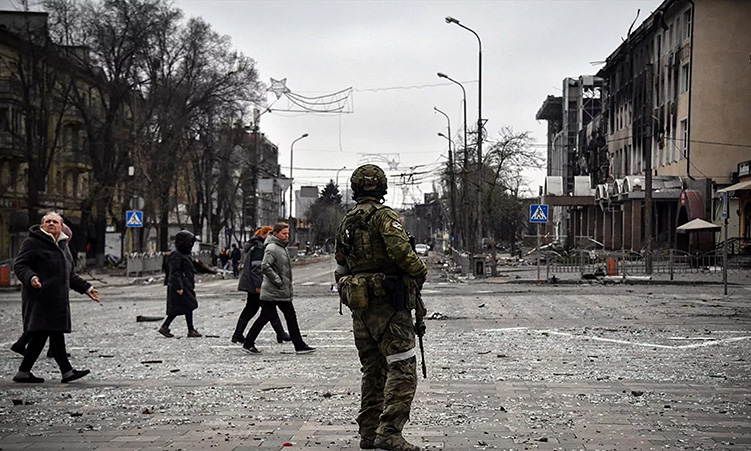AS if by instinct, humans have recognised from the days of creation that there are certain abilities, competences and wisdom that are materially influenced or are crucially dependent on age.
AS if by instinct, humans have recognised from the days of creation that there are certain abilities, competences and wisdom that are materially influenced or are crucially dependent on age. Accordingly, long before the advent of modern mass organisations, man has always used age as the key factor to categorise its members for the purposes of allocation of duties, responsibilities, and the apportioning of blame. Age has been the overarching factor and other factors like gender and education were subordinate to it.
In many African cultures, the transition from ‘youth’ to ‘adult’ status was officially recognised and publicly announced through a public ceremony. At that ceremony the graduate is inducted into adult life and handed a set of tools to equip him/her for the tasks awaiting him/her in the adult life. The tutors (the graduate’s community) are symbolically stating: ‘…. that this Status of Adulthood is bestowed upon this, our son/daughter by this Community, fully satisfied that we have trained, groomed, and equipped him sufficiently for the tasks and responsibilities of adult life, and that he is fit and proper to assume the status of an adult.’ From that point on the graduate takes his/her place among the adults and he may no longer play with the youths. Overstaying among the youths by an adult was always viewed with suspicion and concern, as it was known to lead to problems for both the young ones and the overstaying adult. The ensuing problems can be likened to the problems that would arise if a ten year-old were allowed to stay with the little ones in pre-primary school.
The age of majority (18 in many countries) is the threshold of adulthood as it is conceptualised (and recognised or declared) in law. However, the operational definition of the term ‘youth’ varies from country to country, depending on the specific socio-cultural, institutional, economic and political factors, and may not necessarily be the same as the legislated age of majority. Generally, however, the term ‘youth’ refers to the sub categories, teenagers (13-19) and young adults (20-24).
In respect of organisations, ‘a youth wing is a subsidiary, autonomous or independently-allied front of a larger organisation that is formed in order to rally support and allegiance for that organisation’s campaigns from members and potential members of a younger age. Youth wings may also be discussion forums for younger members and supporters of the organisation to debate policy and ideology’. (Wikipedia)
Youth wings are not considered as factions of a political party, as youth wings are intended as youth-friendly projections and extensions of party policy and ideology rather than being differently-ideologised from the leadership of the party proper.
The leading members of youth wings are groomed to become leaders or bureaucrats of the main political party upon attainment of the age requirement. Members of the youth wings must understand that, in absence of this fundamental need to allow for the maturing process to take place in a framework of monitored intellectual development, there would be no justification for the existence of separate wings for the youths.
By definition, therefore, a youth wing or league of an organisation or political party is not expected to be wiser than the parent party. Its purpose is not to guide the policies of the party proper or to act as a watchdog over, or regulator of, the activities of the adult members of the parent party. Manifestation of this state of confusion is usually evidenced by a sustained diatribe of the youth league on perceived misdeeds of adult members of the party proper. A virtual reversal of roles results, a positive indicator for major failures within the party proper.
Although weaknesses within the party proper are normally considered the most likely cause of an out-of-control youth league, there are other possible causative factors. Prominent among these causative factors is the hibernation of adults in the youth league, exacerbated by ill-defined or undefined purpose and role of the youth wing. These adults consider it unfair that they are not recognised as adults despite their age, education and, what they may consider, exceptional capabilities as younger adults.
It is not surprising, therefore, that they find, as the only way out of this lugubrious situation, the changing of the role and character of the youth wing to play an adult role. They quickly discover that they can use their numbers to terrorise the parent party into accepting them as equals in all aspects.
It is indeed ironical, that, in a country where life expectancy is pegged at 51, a middle-aged person of 40 can be considered a youth. The affected individual would be justified in thinking that the aim is to disqualify him/her from candidature for high office. If the party proper were to argue that the youths were free to stand for any office in the organisation, they would have problems explaining or justifying the differentiation between the party proper and the youth league.
The real losers in this confusion are the youth proper whose youth agenda is hijacked and substituted for an adult one by the hibernating adults. Political schemers and opportunists exploit the weaknesses of the youths proper, effectively take over the organisation, and use it as a vehicle to pursue their own personal and/or clique interests.
Let youth be youth. Let them be young. Allow them to develop their free intellectual and political capacities as youths under the guidance of, and not exploitation or domination by adult political charlatans.
Johannes Shilongo
Via e-mail
Stay informed with The Namibian – your source for credible journalism. Get in-depth reporting and opinions for
only N$85 a month. Invest in journalism, invest in democracy –
Subscribe Now!










